Spring is here. Summer is near. Bees are everywhere. As we are gardening in our vegetable and flower beds this growing season, let’s take a moment to appreciate the buzzing sounds.
Did you know there are 20,000 species of bees in the world? There are 4,000 species of bees in North America. And the Carolinas and surrounding states have approximately 500 species of native bees. They are one of the most important pollinators on our planet.

This bee is busy collecting pollen from an aster in my garden.
According to the National Academy of Sciences, close to 75% of flowering plants on Earth rely to some degree on pollinators in order to set seed. That accounts for 1/3 of our food! And numerous studies around the world have concluded that fruit yield increases when native bees are near.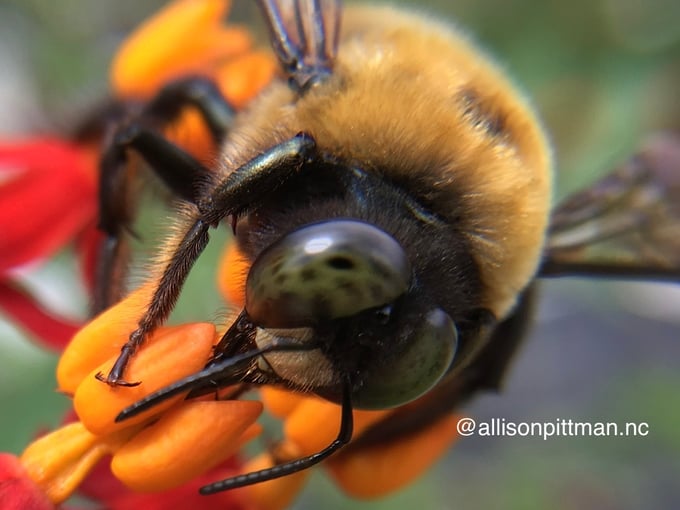
Growing mostly native plants in your garden will provide food for native bees. Look for native milkweed to support bees as well as butterflies and other pollinators.
Habitat destruction around the world has placed many of our native bees at risk. Luckily there are ways we can make a difference in our own backyard to support our bees: provide food, reduce chemical use, and provide habitat.
Honey Bees
Before we discuss more, let’s diverge slightly and talk about honey bees. Are honey bees native to North America? No. Honey bees are from Europe and settlers introduced them to North America in the 1600’s. They are the only bee species that produce enough honey to harvest and they are under threat just like our native bees.
Honey bees are important pollinators contributing billions to the agricultural industry as the primary pollinator. Living in hives, honey bees have the advantage of being transportable so they can pollinate agricultural crops in different parts of the country. In contrast, most native bees are solitary nesters and live underground. The following guidelines will benefit all our bees and pollinators.

Flower Power
Who doesn’t enjoy flowers, right?! Flowers are a food source for our bees providing pollen and nectar. Having a mix of flowering plants that bloom at different times of the year provides continuous food sources.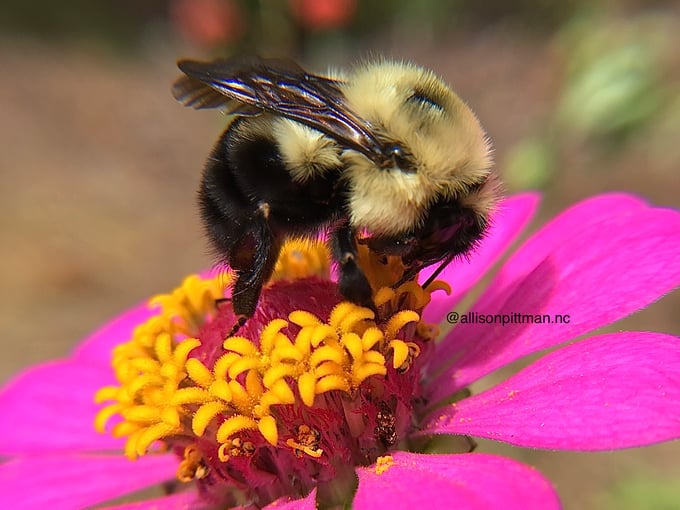
Don't be afraid of bees - just give them their space. Picture them as little flying teddy bears.
I am often asked “Why would I want to attract bees to my vegetable garden and risk getting stung?” I like to imagine bees and bumblebees as little flying teddy bears. While teaching youth gardening at local elementary schools, this analogy eased kids’ fears allowing them to relax slightly and observe the bees. Unlike honey bees, our native bees do not live in hives and they do not have a queen to protect. They live solitary lives, mind their own business, male bees do not even have a stinger, and they honestly have no interest in bothering you. Their focus is to forage flowers for food.
Pollen Collection
Bees use pollen baskets on their hind legs to store pollen as they forage. I like to call them “pollen pants” but technically these baskets are called corbiculae or scopae (depending on the bee species) and are part of a bee’s tibia. Since their bodies are so hairy, pollen grains easily attach sometimes covering much of a bee’s body!
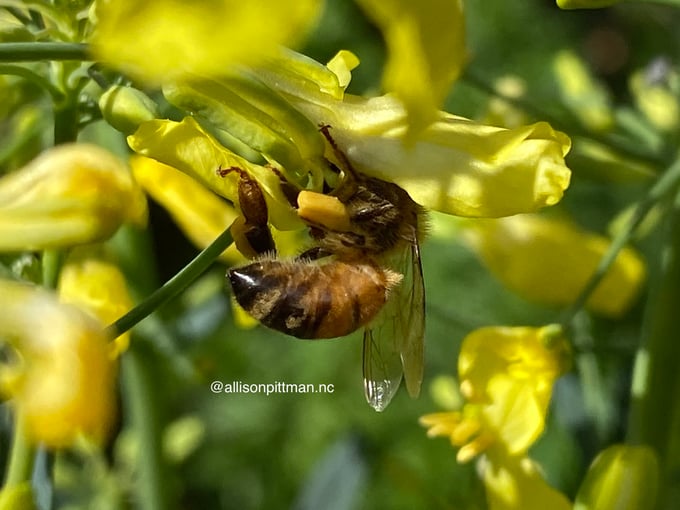
This bee is packing its pollen basket with nectar and saliva which can amount to 30% of its weight.
As bees forage flowers, the pollen grains (one of the male parts of the flower) transfers to the flower’s stigma (one of the female parts of the flower). And that is when the magic of pollination occurs which forms a seed. Exactly how pollination occurs relies on a complex dance between the anatomy of insects and the anatomy of flowers. This dance has evolved over millions of years which is one of many reasons why including native plants (plants that evolved in North America) in your outdoor space is important for pollinators. I encourage you and your family to explore how bees engage with flowers this growing season.
Plants Have Goals Too
Let’s think in the perspective of a plant. As angiosperms (a fancy word to describe any plant that has a flower) evolved over millions of years, these plants became strategic on how to survive in their environments and disperse their seeds. All living things find ways to survive and if plants had it their way then they would want to rule the world like humankind. For example, kudzu is doing a mighty fine job wanting to rule the Southeast!
The bees were pollinating arugula flowers in my garden this week.
So, let’s say you are a tomato plant. I know, a little weird but please imagine with me. Once your flowers are pollinated by pollinators, your strategy to survive is to surround your seeds with a delicious protective seed coat. This strategy entices mammals (like humans) to eat the fruit and disperse the seeds. Now, I am not saying to go out in the woods ‘to disperse seeds’ but you get my point. As we enjoy the bounties of our harvest this growing season, I hope you pause in awe of the little miracles surrounding us, even in the vegetables you prepare for meals.
Reduce Chemical Use
Add Soil³
Healthier plants = happier bees. And healthier plants start with healthy soil such as Soil³ compost. Soil is the foundation for a bountiful garden and a healthy ecosystem. Soil³ humus compost is OMRI Listed® for certified organic gardening which assists with suppressing fungal soil borne diseases. And Soil³ not only improves soil structure but also boosts the underground world that serves as the basis of our food web: microorganisms, fungi, soil-dwelling creatures. Soil³ compost is a natural fertilizer omitting the need to buy additional fertilizer and plant food.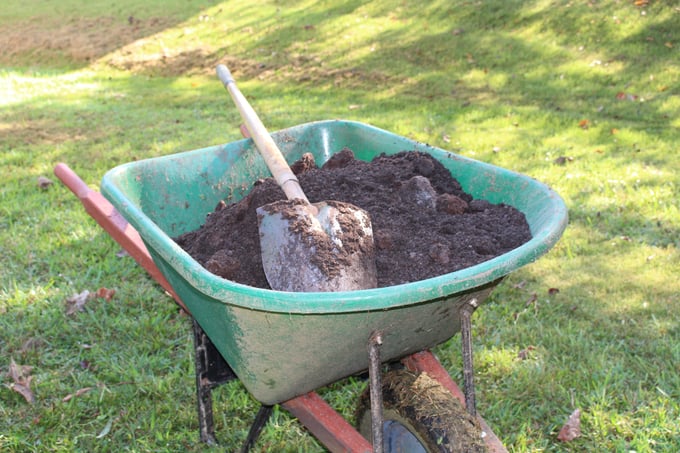
A wheelbarrow full of Soil³ compost ready to add to garden beds.
(Photo by Emily Brubaker)
Embrace Clover
Do you remember looking for 4-leaf clovers in the lawn as a kid? Decades ago, clover seed was included in tall fescue grass seed. It made perfect sense because clover adds nitrogen to the soil, a nutrient that lawns require the most.
So why did clover seed disappear from our lawn seed? Broadleaf weed killers became mainstream in the 1950s. More suburban development and neighborhoods formed and a pristine lawn became a status symbol. Clover grew in clumps preventing desirable grass to grow through and clover attracted bees that made people nervous. The perception of clover transformed into a problematic weed instead of a beneficial plant.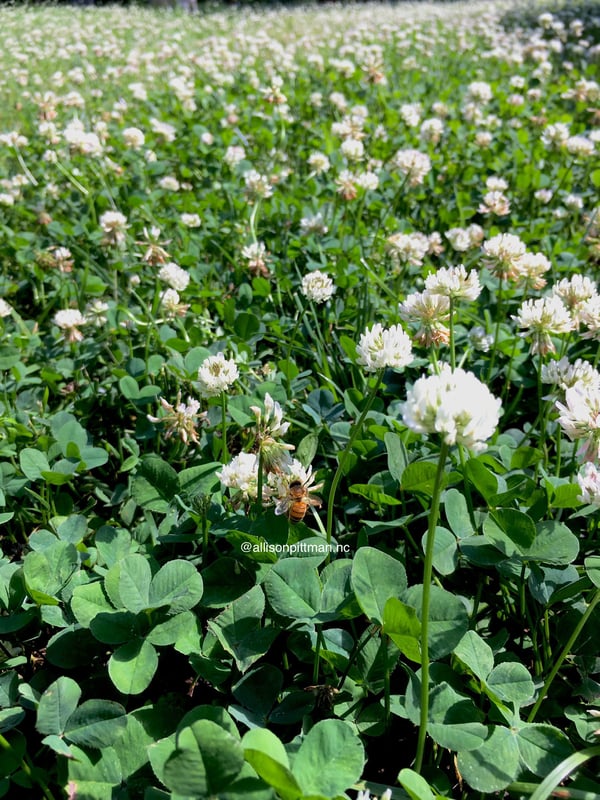
Bee on a white clover flower in the lawn at my house.
Two simple changes for tall fescue:
- Keeping your mower blade at 3” and regular mowing allows the following: clover can coexist with your lawn, clover flowers provide additional food for pollinators, you’ll save money since clover is a natural nitrogen fertilizer, and regular mowing will keep clover in check.
- Topdressing your tall fescue with Soil³ compost will replace at least one fertilizer application.
Research Before You Buy Plants
Pesticides such as neonicotinoids have been commercially used since the 1980s for producing crops such as fruits, vegetables, and almonds. The pesticide usage can leech into water supplies, which then get absorbed by flowers. Did you know neonicotinoid literally means “nicotine-like?” Nicotine becomes addictive to humans and the same is true for bees. Bees that are exposed to neonicotinoids prefer it as a food source which has led to problems in their central nervous system resulting in impaired memory, movement, and death.
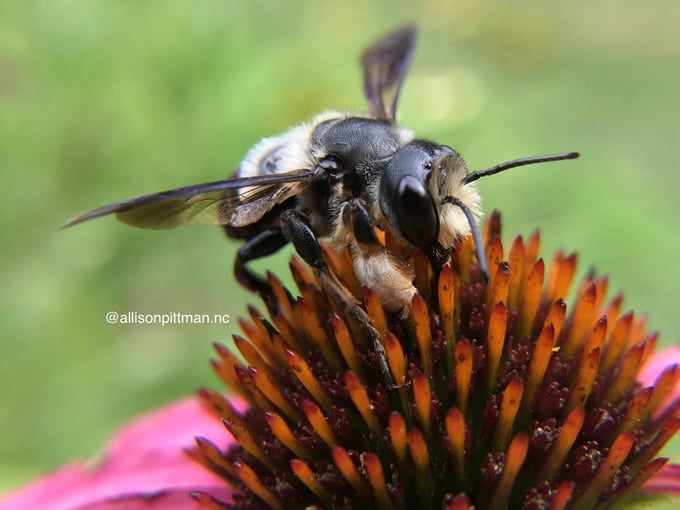
Echinacea purpurea (Purple Coneflower) is a native variety of this flower that is popular with gardeners and pollinators.
Before you purchase plants, take time to research the company’s policies on pesticide use. The four largest grocery stores in the United States have created pollinator health policies. And an aggregate list of companies that provide pollinator policies is maintained by Friends of the Earth, an international network of environmental organizations in 74 countries.
Provide Bee Habitat
Our native bees do not live in hives like honey bees. 70% live underground and 30% live in hollow reeds. This is where we can make a difference in our outdoor space.
It’s Okay to Be a Lazy Gardener
Sometimes it’s perfectly acceptable to allow for some mess. Many of us live in neighborhoods with an HOA so I get it, but I encourage you to go a little rogue in an area or two of your outdoor space and watch what happens. For example, there are several slopes on our property that were difficult to grow grass and to mow. We decided to give those portions of land back to Mother Nature and sit back and observe. Two years later, what were once eye sores are now full of native sedges, goldenrod, bluets, decomposed leaves, and active areas full of pollinators, insects, and birds.
In the autumn, does Mother Nature clean up the lawn and property? No. Let some flowers go to seed. That seed becomes food for birds in the winter. That green stalk that was holding that flower turns green to brown. Those flower stalks usually hollow out providing overwintered habitats for 30% of our native bees.
Keep Some Ground Exposed
Because 70% of native bees nest underground, you should consider leaving some areas of bare soil in your yard just for the bees. In fact, you may already have nesting bees and not even realize it. While you are outside this spring, explore the yard for any patches of exposed ground that is preferably sandy, well-drained soil. Nest entrances of native bees include small mounds of soil a few inches across with a hole about 1/4” wide.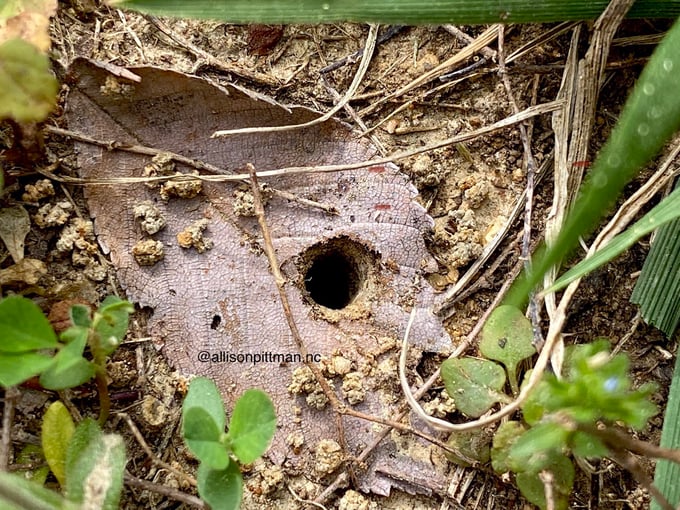
Look for ground nest entrances located in exposed soil - preferably in areas of sandy, well-drained soil.
The ground nesting bees do not harm your lawn or soil and even improve it since they aerate the ground allowing more penetration of water and nutrients. Now if you run across a larger hole over an inch wide that looks like a busy airport of flying insects, please be aware that those are most likely yellow-jackets! If you luck out and find some nesting bees, just let them be. They won’t be around long and will benefit your lawn. They are a welcome sign of spring just like robins.
Bee Hotels
With the Covid-19 pandemic, many of us are staying home more. I am unsure when my kid will return to school, so we are assisting with his virtual schooling and getting creative with activities. (Side note: I appreciate our teachers so much!) My son loves Chef Boyardee so instead of recycling those tin cans we have repurposed them as bee habitats.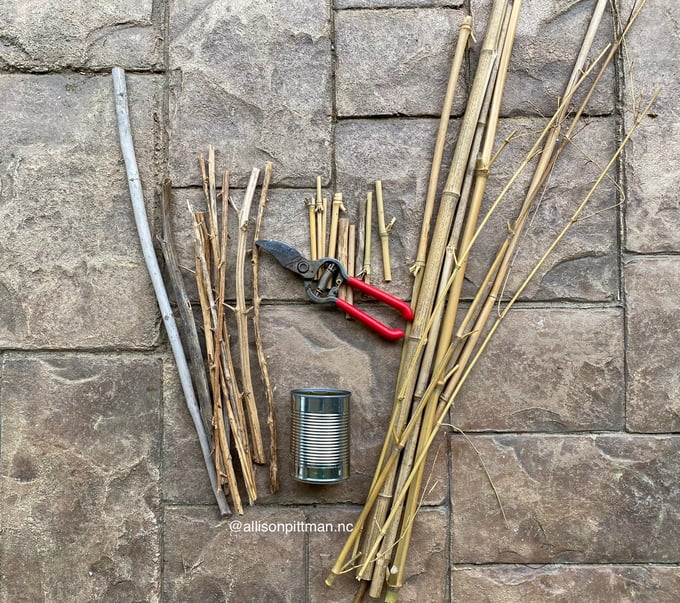
Hollow materials like asparagus stalks and bamboo are perfect for making bee hotels.
Empty cans create the exterior frame for a bee hotel. Next, we added the ‘rooms’ to the bee hotel using some old asparagus stalks and bamboo. Native bees vary greatly in size. A larger hole will house larger bees. A smaller hole will house smaller bees.
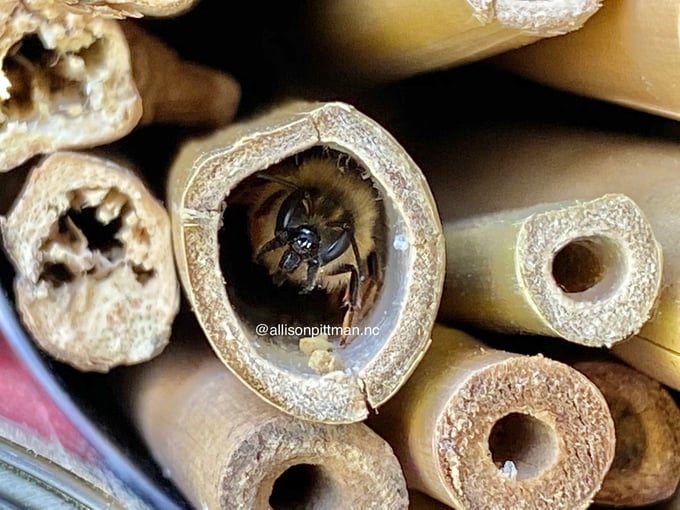
A female bee making a home in bamboo.
Female bees will create individual chambers in each hole using mud, chewed up plant material, and other substances, depending on the species. A single egg is deposited into each chamber. Some pollen is collected and placed next to the egg for the baby bees to eat once hatched. Once a tube is filled, the bee seals off the opening to prevent predatory insects and moisture from entering. The hatched baby bees will remain in their sealed tubes through the winter and will emerge as adults when spring returns.
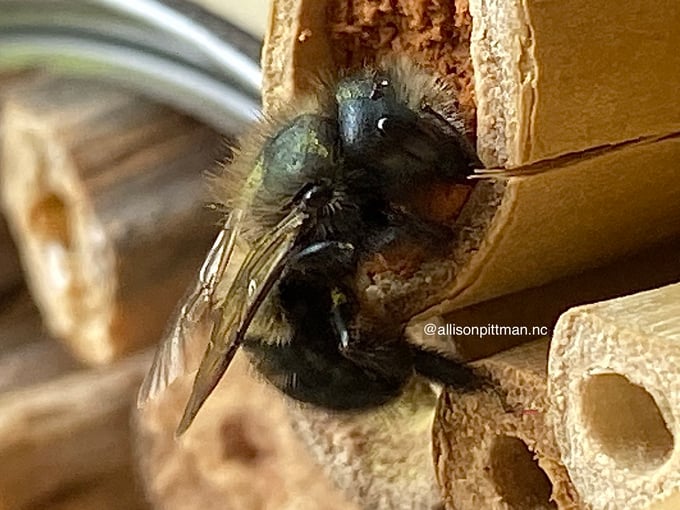
The bee fills a tube with eggs then seals it off to protect the eggs from moisture and predators.
The following spring after the babies have emerged, it is best to remove the old “rooms” of bamboo and hollow reeds and replace with a new set. This cautionary step assists with reducing diseases from one generation to the next.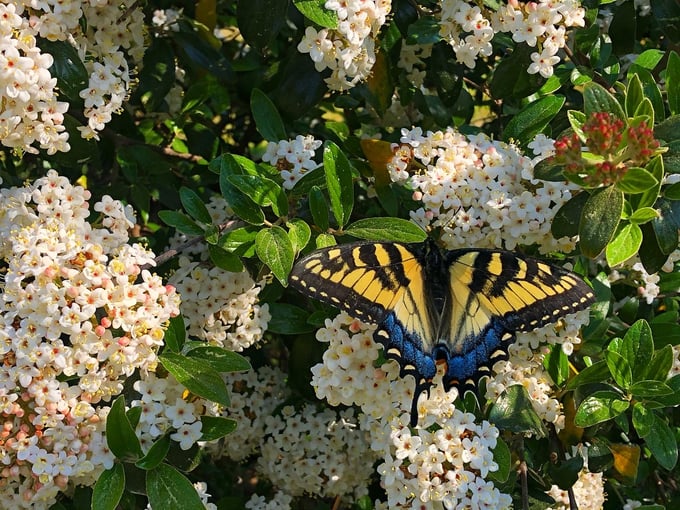
Our insect hotel has multiple cans full of stalks of various sizes.
Make a Difference for Pollinators in Your Garden
Spring is a magical time of the year symbolizing rebirth, new beginnings, and hope. As we are gardening this growing season, we should give thanks to all that buzz knowing 1 bite out of every 3 of our food is thanks to our bees and pollinators.
Working multiple years in horticultural therapeutic programs, I have witnessed firsthand how gardening and nature are used as a medicine to improve lives. Who knew that my son’s old Chef Boyardee tin cans would become one of our highlights for watching native bees? It’s the small things that make a big difference, and I hope taking time to observe our buzzing friends gives you and your family an enjoyable distraction during these unsettling times.
All photos by Allison Pittman, unless otherwise noted.
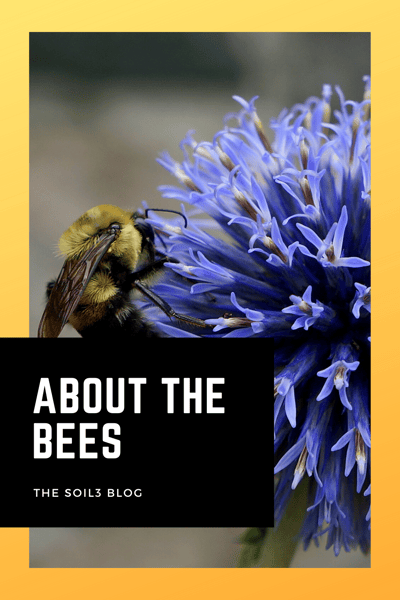
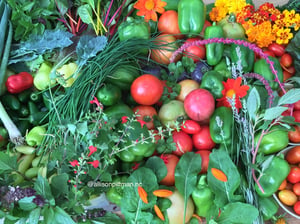
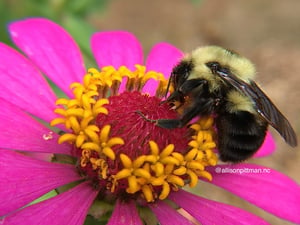

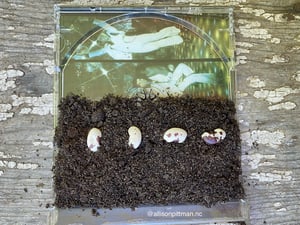
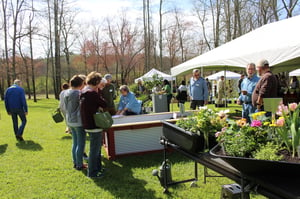
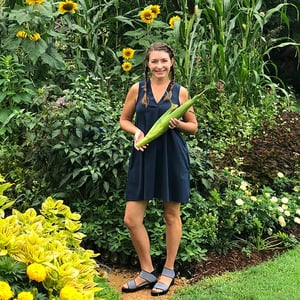
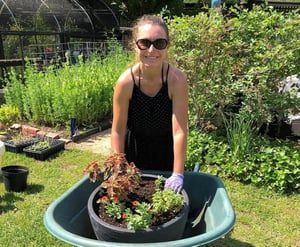
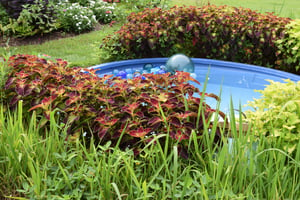















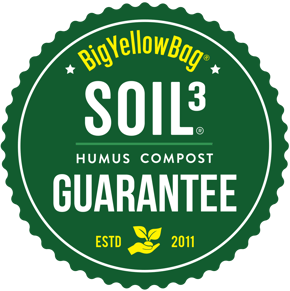
Did this help you out? Have any questions for clarity? Leave a comment below!